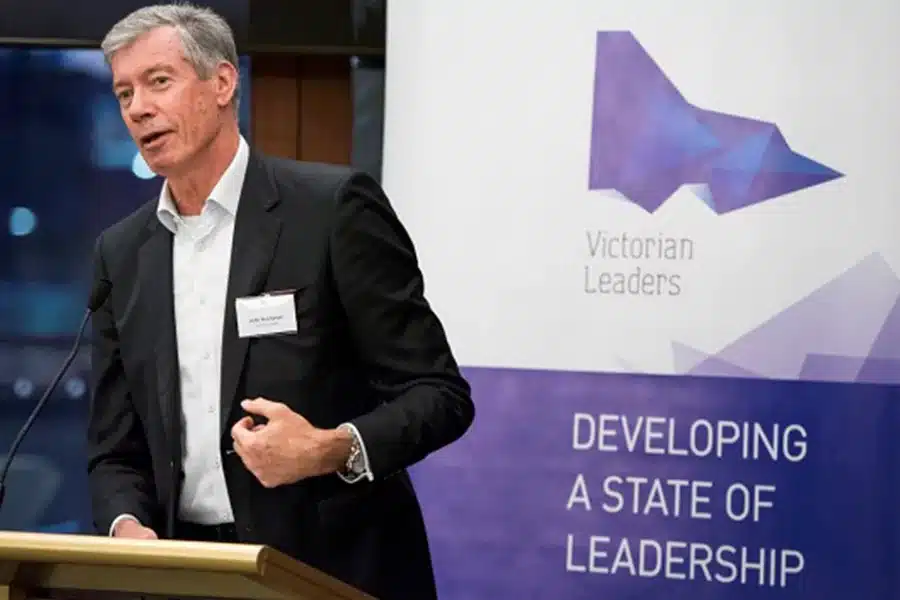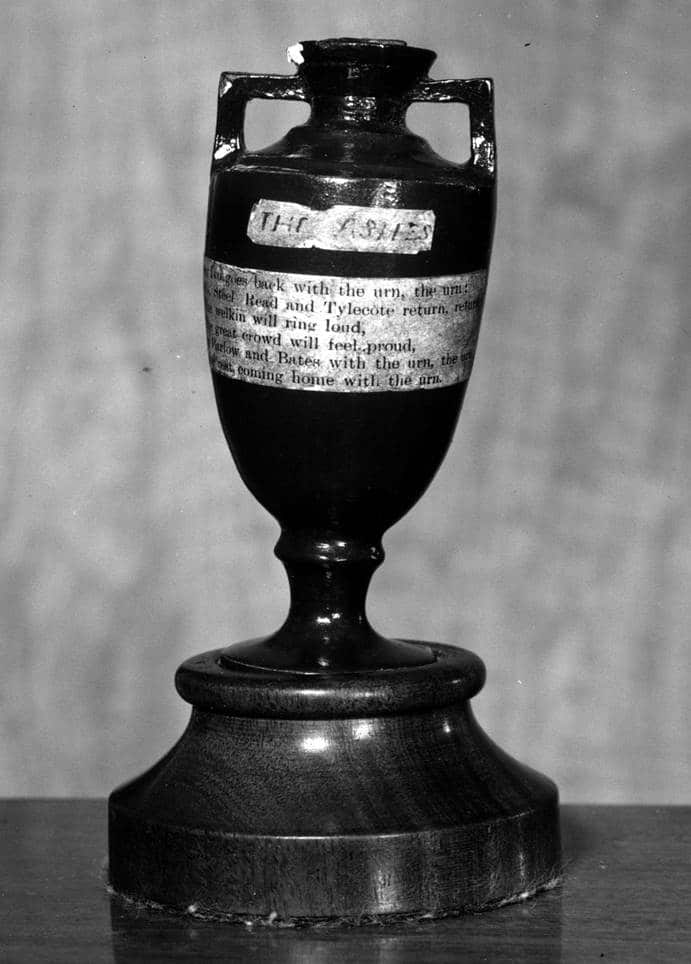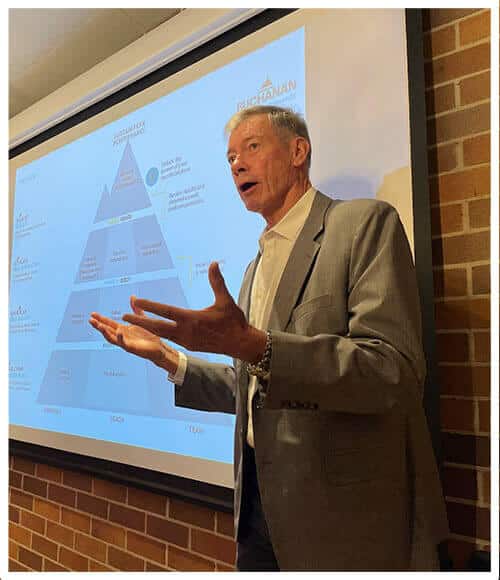https://www.cultureamp.com/files/new-tech-benchmark-2015.pdf
There is little doubt that a team, a unit, or a business cannot hope to achieve targets, healthy bottom line or continuous success without its people delivering their skills favourably when matched against task.

There are physical skills – these skills reside in the person’s body to be able to cope with the physical demands of the task at hand, as well as the recovery from the task in order to be ready for the next task. Even for an office worker, what does it take physically each day to be ‘on top of their game’, and then get sufficient recharging overnight, or between shifts, to cope with the next day, and do this again & again.
The mental skills are about one’s ability to be able to switch on & switch off – switch on for the period of time that is required to mentally process information, make a decision, execute that decision, and then switch off till the next decision making process is required.
Bound up in making good decisions is having the smorgasboard of options at your disposal for the situation at hand. These are tactical skills – all the data that is available; how well it has been synthesized and analysed; and then how well it has been studied by individuals relevant to their needs.
And finally there are the team skills. In a group environment which most of us either work in, live in or play in, individuals bring their personality, character and value sets.
As a coach, I am often asked how I motivate my players to perform so well?
My response is that I am not a motivator – motivation will only come from within the individual.
My role is to create an environment which is at best stimulating, challenging, respectful of individual differences and relies on strong relationships. At worst the environment I create should not be de-motivating for an athlete.
*For some interesting historical research read – The Hawthorne experiment with factory workers in the 1920-30’s delivered an unexpected result.
So the keys to unlocking staff engagement lie in –
- Getting the individual to be their own best coach; that is to say, when they have had a good day at work, a successful day on the sports field, what is it that they did? Then strike a checklist of technical, physical, mental, tactical & team skills which gives them best chance to perform all the time.
- Create a learning environment which allows individuals and teams to grow through challenge
- The Leader, manager, coach needs to be ‘in touch’ with each of their team. Building these strong relationships takes time, patience & tolerance. Fracturing these relationships can happen very quickly if the leader does not understand the person with whom they are influencing, and most importantly, do not understand themselves and what is expected of them in the delivery of self.
*Wikipaedia –
The term was coined in 1958 by Henry A. Landsberger[3] when analyzing earlier experiments from 1924–32 at the Hawthorne Works (a Western Electric factory outside Chicago). The Hawthorne Works had commissioned a study to see if their workers would become more productive in higher or lower levels of light. The workers’ productivity seemed to improve when changes were made, and slumped when the study ended. It was suggested that the productivity gain occurred as a result of the motivational effect on the workers of the interest being shown in them.
This effect was observed for minute increases in illumination. In these lighting studies, light intensity was altered to examine its effect on worker productivity. Most industrial/occupational psychology and organizational behavior textbooks refer to the illumination studies.[4] Only occasionally are the rest of the studies mentioned.[5]
Although illumination research of workplace lighting formed the basis of the Hawthorne effect, other changes such as maintaining clean work stations, clearing floors of obstacles, and even relocating workstations resulted in increased productivity for short periods. Thus the term is used to identify any type of short-lived increase in productivity.[3][6][7]
Interpretations and views vary. Parsons defines the Hawthorne effect as “the confounding that occurs if experimenters fail to realize how the consequences of subjects’ performance affect what subjects do” (i.e. performance is affected – possibly unconsciously – by possible positive or negative personal consequences not considered by the experimenter),[8] Elton Mayo describes it in terms of a positive emotional effect due to the perception of a sympathetic or interested observer. Clark and Sugrue say that uncontrolled novelty effects cause on average 30% of a standard deviation (SD) rise (i.e. 50–63% score rise), which decays to small level after eight weeks.[9] Braverman argues that the studies really showed that the workplace was not “a system of bureaucratic formal organisation on the Weberian model, nor a system of informal group relations, as in the interpretation of Mayo and his followers but rather a system of power, of class antagonisms”.[10] Studies of the demand effect also suggests that people might take on pleasing the experimenter as a goal.[11]
Evaluation of the Hawthorne effect continues in the present day.[12][13][14]
Please message us your thoughts and comments!
Lead for World Class Performance— Join our Free Mini Course!








